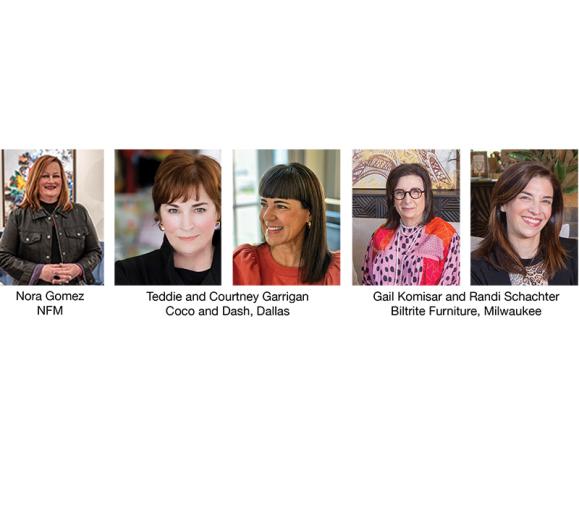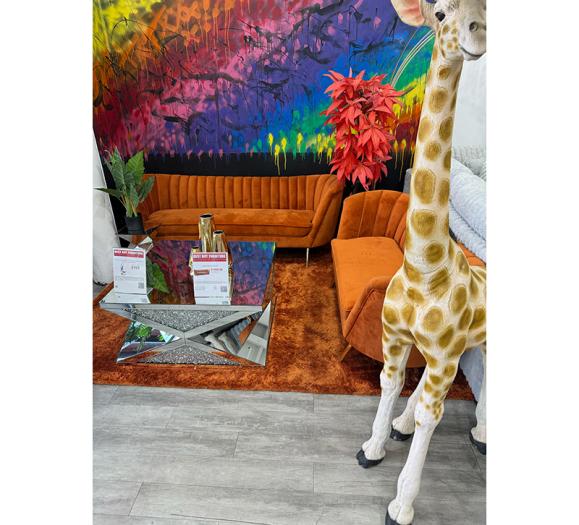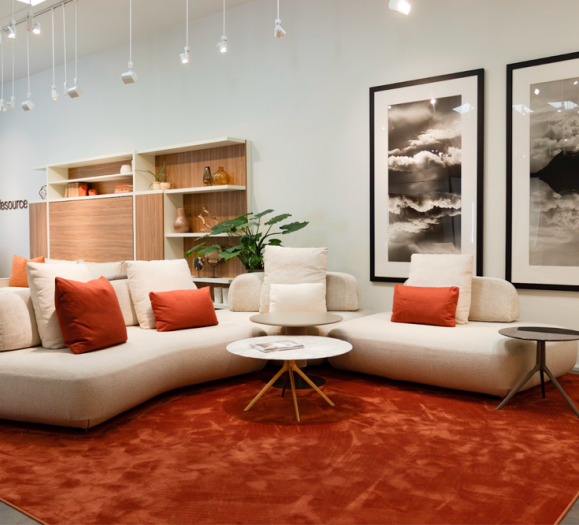When news broke in September that a 10 percent tariff on Chinese imports would go into effect almost immediately, and on Jan. 1, 2019, that number would jump to 25 percent, a collective groan was heard throughout the industry, as many retailers and designers wondered what this would mean for their prices, and manufacturers got to work figuring out the best way to handle added costs.
From what we could glean at press time, a good number of manufacturers had decided to absorb the 10 percent price hike so their customers, and those customers’ customers, will not see any difference when shopping. (Many have added a caveat though, that once January rolls around, that may not be the case as 25 percent is just too much of an increase to absorb).
There are manufacturers that made the decision to raise their prices after the initial increase, and discussions amongst retailers about how to communicate those increases to their customers are ongoing. Some have said they’ll change price tags and answer questions if they arise. Others plan to change price tags, then send letters and post signs throughout the store explaining the changes. Others have said they’re going to ride out just-implemented increases since the inventory in their stores now was not purchased at those prices, then change prices, and tags, after the higher tariffs hit in the new year.
First impressions? This sucks for our industry and for many others. The home furnishings sector is actually making national news as one of the hardest hit by the Chinese tariffs — any press is good press, right? — but a ton of other everyday necessities, such as food and toilet paper, are also subject to these added costs. Predictions are that consumers will spend more of their money on these items and have less left over to purchase the products we sell. And with holiday shopping season upon us, this news is less than great. There is still an expectation of slight spending increases — see Consumer Snapshot on page 14 for a more detailed look at predicted holiday spending — but we can pretty much kiss any large influxes goodbye.
Only time will tell how this will shake out. All facets of the industry are under internal and external pressure to adapt to these new conditions, and keeping open communication and an open mind during the transition is important. Everyone — manufacturers, retailers and designers alike — will make the decisions that best serve their businesses and, hopefully, our industry at large. I love to see the shrouds of positivity this circumstance is bringing out, and I hope our industry can once again be an example of how to rally and be creative in a difficult time. We’re all in it together.
Photo: Unsplash








